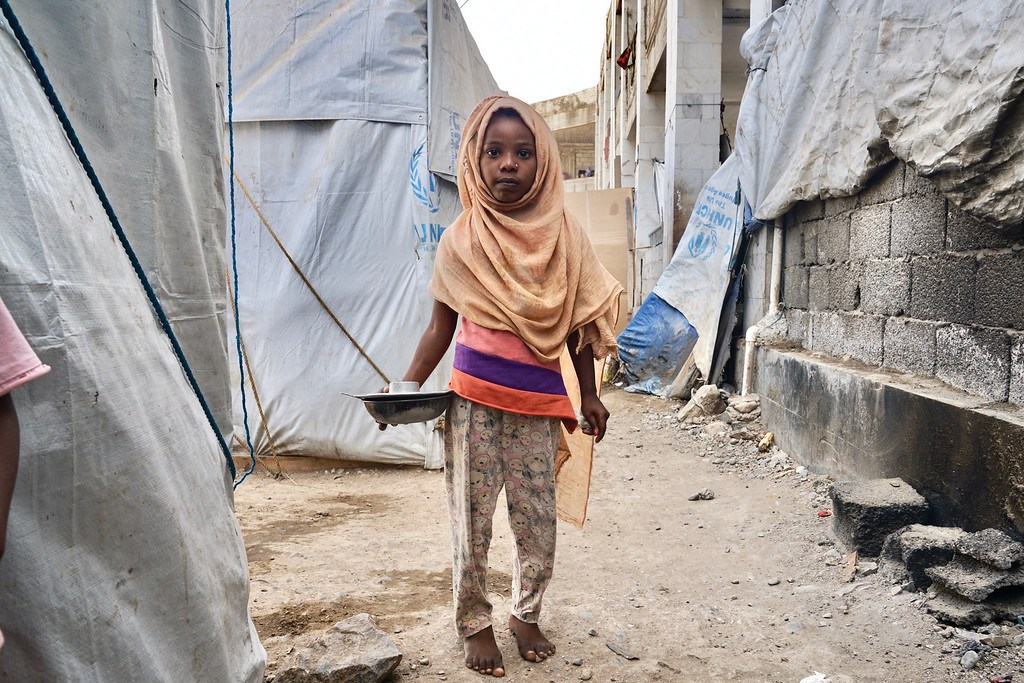In 2019, many more people around the world needed humanitarian assistance because of armed conflicts and extreme climate events.
In next year, a record 168 million people will need humanitarian assistance and protection in 53 countries from Afghanistan to Zambia.
Yemen is the world´s worst humanitarian crisis, and the number of people in need is expected to remain close to 2019 levels of 24 million, almost 80 % of the population. Nearly 250,000 Yemini people have died since 2015, incl. 100.000 people as a direct result of combat and 130,000 from hunger and disease.
The conflict in Syria, where the death toll is estimated to 500,000 people, continues to drive the world´s largest refugee crisis, with 5.6 million refugees in the region, besides 6.1 million internally displaced Syrians.
In a recent report, the Global Humanitarian Overview (GHO) 2020, United Nations appealed to the world to invest US$128 billion in aid in 2020 to assist 109 million of the most vulnerable people caught up in humanitarian crises worldwide.
Comparable figures show that the number of people in need globally has increased by some 22 million over the past year. The main drivers of need are protracted and highly violent conflicts, extreme weather events associated with climate change and under-performing economies.
"Every day, the United Nations and its partners deliver lifesaving aid to millions of people worldwide," Secretary-General António Guterres said in a message to donors. "I urge you to help us meet the humanitarian challenges that lie ahead in 2020".
Launch in Brussels
The GHO2020 report was launched simultaneously in Brussels (4 December) and four other cities. In Brussels the launch was co-hosted by the European Commission. The report gives an overview of all humanitarian crises in the world. While UN and its partners claim that they have become more effective in delivering humanitarian aid to crisis areas, more needs to be done in 2020.
“The Global Humanitarian Overview is an indispensable barometer of the global humanitarian situation. This is why it is also a major programming tool for the EU, helping us do our work better. It is also up-to-date from a methodological perspective,” said Janez Lenarcic, new Commissioner for Crisis Management at the launch of the report.
The panellists in Brussels underlined the need of reliable data to anticipate crises and to assess the real impact of aid. A main challenge is to address people’s needs and to reach the most vulnerable groups. This requires the involvement and empowerment of those receiving the aid.
Another challenge is to deliver the aid through international and national/local partners in conflict zones where aid workers are threatened and attacked. In the first nine months of 2019, 171 aid workers were killed.
According to the report, aid groups reached 64 % of the people targeted to receive aid in 22 of the countries for which data were available.
The EU and its Member States are, together, the largest humanitarian aid donor in the world. Around 80 % of the EU humanitarian budget is spent on responses to forced displacement.
EU supports Syrian refugees in neighbouring countries like Turkey, Lebanon and Jordan. It also supports displaced people across Africa, in particular in South Sudan, Ethiopia, Uganda as well as in Latin America for the about 4.5 million Venezuelans who have fled due to the prolonged economic crisis in the country.
Lessons learned
Asked by The Brussels Times about the most important findings in the report, Director-General Monique Pariat at the European Commission Humanitarian Aid & Civil Protection (DG ECHO) mentioned the ever-growing number of people in need and funding requirements.
“Crises, in which 53 countries are targeted in 2020, are increasingly protracted. Hunger, mainly driven by highly violent conflicts - of which 41 were recorded in 2018 - is on the rise, with over 820 million undernourished people in 2019.
The GHO2020 also underlines the negative impact of climate change on local communities, with 13 of the 20 countries most vulnerable to climate change having an inter-agency humanitarian appeal. As a result, more people are displaced and displacement lasts longer.
Additionally, humanitarian access in hard-to-reach areas remains a key challenge. The EU reaffirms the need to respect International Humanitarian Law (IHL) and strongly condemns the attacks on healthcare and humanitarian workers. This is not acceptable and should not become normalised.”
Which lessons learned can the European Commission draw from the report? Will the report lead to any changes in the allocation of aid in next year?
“We welcome the joint work of the European Commission, the United Nations agencies and other partners linked to ´The Grand Bargain´ commitments,” she replied.
“As a reminder, ´The Grand Bargain´ is an agreement between some of the largest institutional donors and aid providers that aims to enable beneficiaries with more take-home means than before.
The objective of our new methodology is also meant to better anticipate crises and to inform donors when developing their funding allocations. This joint analysis from the humanitarian community is likely to help aid agencies to have a clear overview and a deeper understanding of the ongoing challenges.”
M. Apelblat
The Brussels Times

